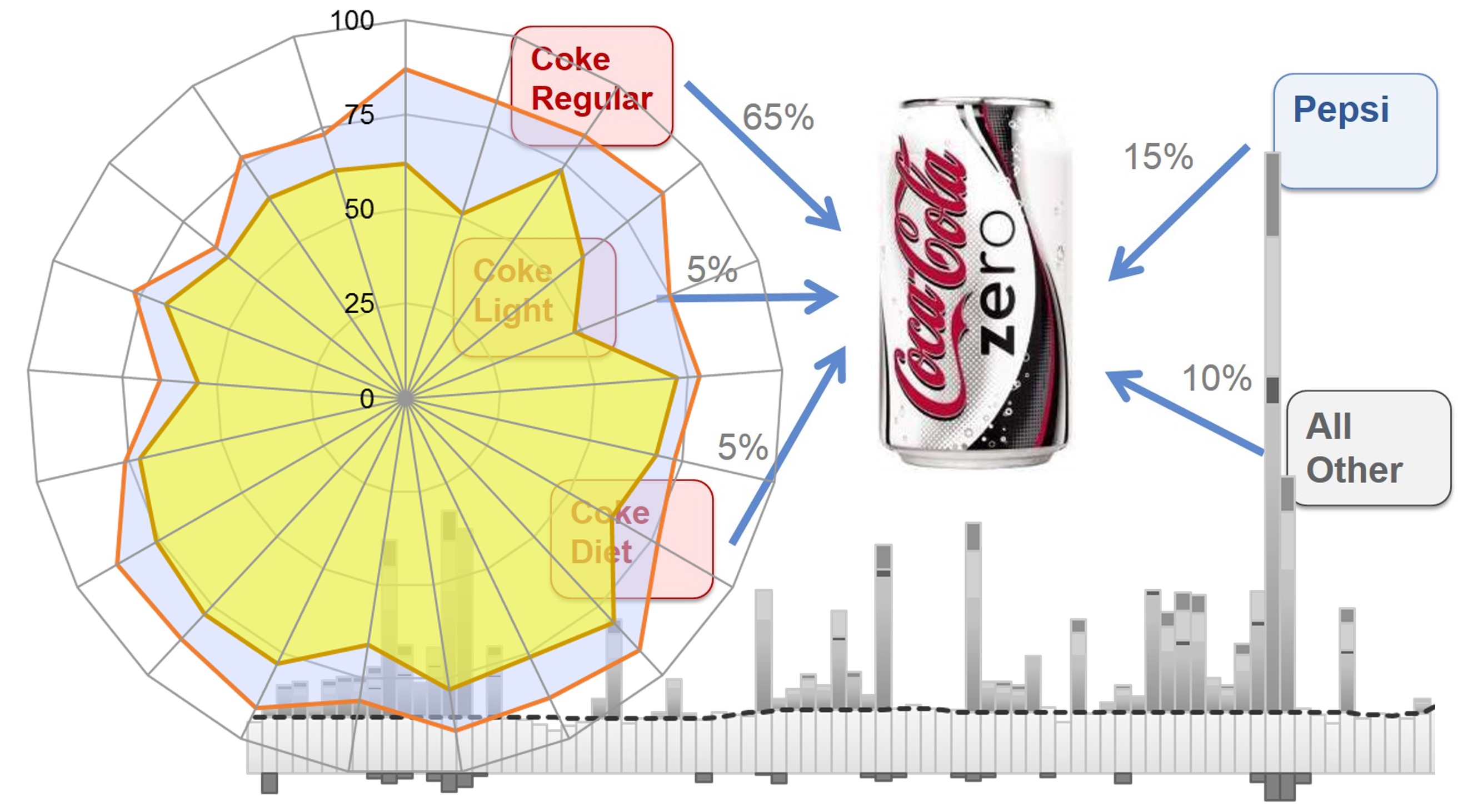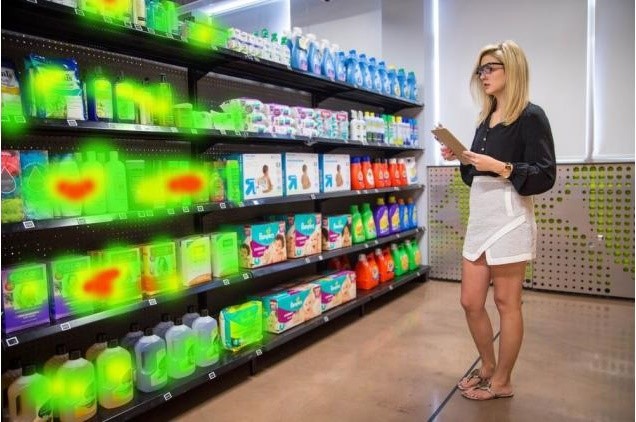-
Packaging
Packaging
Tropicana Saga
How Packaging Works
Packaging Development
Review
Exploration
Screening & Optimization
Validation
Shelf Impact — Eye Tracking
Shelf Impact — Visual Search
Biometric Engagement
- How Advertising Works
- Advertising Analytics
- Packaging
- Biometrics
- Marketing Education
- How to Choose the Right Marketing Simulator
- Self-Learners: Experiential Learning to Adapt to the New Age of Marketing
- Negotiation Skills Training for Retailers, Marketers, Trade Marketers and Category Managers
- Simulators becoming essential Training Platforms
- What they SHOULD TEACH at Business Schools
- Experiential Learning through Marketing Simulators
-
MarketingMind
Packaging
Packaging
Tropicana Saga
How Packaging Works
Packaging Development
Review
Exploration
Screening & Optimization
Validation
Shelf Impact — Eye Tracking
Shelf Impact — Visual Search
Biometric Engagement
- How Advertising Works
- Advertising Analytics
- Packaging
- Biometrics
- Marketing Education
- How to Choose the Right Marketing Simulator
- Self-Learners: Experiential Learning to Adapt to the New Age of Marketing
- Negotiation Skills Training for Retailers, Marketers, Trade Marketers and Category Managers
- Simulators becoming essential Training Platforms
- What they SHOULD TEACH at Business Schools
- Experiential Learning through Marketing Simulators
Shelf Impact — Eye Tracking
Exhibit 14.5 Heat maps reveal packs that stand out (Source: Package InSight via The Packaging School).
The use of eye tracking in combination with other biometric devices, provides an objective means of evaluating the effectiveness of packaging. Eye trackers generate a range of metrics that quantify consumers’ viewing behaviour, while other biometric devices provide additional metrics related to their emotional responses, motivations, and level of engagement while viewing the packaging.
The use of these devices is likely to gain momentum as they become more affordable, and as more testing facilities emerge.
Research on shelf impact should be conducted either in a physical store or in a setting where the store shelf is replicated, such as those found in packaging testing labs. One such example is CUshop, located at Clemson University’s Sonoco Institute for Packaging Design and Graphics, which leverages eye tracking in combination with galvanic skin response (GSR), EEG, and facial coding.
Shelf impact may also be evaluated using virtual shelves populated with digital images of packs. Respondents view these digital mock-ups on computers coupled with screen-based eye trackers, in a controlled location setting. This approach is more cost-effective and may be preferable in the early stages of the development process.
If the prime objective is to assess the shelf, respondents are asked to browse the display without prompting for any particular item. On the other hand, to assess findability or the time it takes to find an item, the respondent is prompted to search for the item.
The eye tracker records gaze points, fixations, and the duration and order of fixations. It reveals what the respondent is viewing over the brief time that they browse the shelves. Gaze plots describes the user’s gaze pattern, and heat maps, like the one depicted in Exhibit 14.5, summarize the viewing behaviour of the respondents in terms of “heat intensity”, revealing the red-hot spots, warm (yellow, green) and cold spots.
Typically, we do not require large samples for eye tracking studies. If the research is qualitative in nature, a sample of 10 to 15 should suffice. For quantitative studies, a sample of 20 to 40 should be adequate.
The size of the sample depends on the variance — we need larger samples if consumers vary greatly on how they look for a product on shelf. This is unlikely to be the case, yet other than prior benchmarks, there is no way to determine the variance prior to the research.
You could however, track variance and aggregated heat maps as you progress, and add more respondents if the variance suggests that you need a larger sample to meet the desired level of significance. Quite often though, you may not find much change in the heat map from a sample of 20 to a sample of 30.
Eye tracking highlights what consumers’ notice and what stands out. However, it does not reveal what consumers perceive or how they feel about the packaging. Do consumers like the packaging? Is it standing out for the right reasons? These questions are best answered via qualitative research techniques.
Combining eye tracking with other biometric techniques for measuring consumers’ emotions and motivations, and their level of engagement provides a better-rounded understanding of the impact of packaging on the shelf.
GSR reveals physiological arousal due to excitement, attention or anxiety. EEG detects brain activity revealing respondents’ level of attention and engagement, workload or the extent to which they are mentally stretched, and their motivations in terms of positive-negative feelings and approach-avoidance. Facial coding helps interpret their facial expressions revealing emotions that are outwardly displayed. These techniques are detailed in Chapter Biometrics.
Previous Next
Use the Search Bar to find content on MarketingMind.
Marketing Analytics Workshop

In an analytics-driven business environment, this analytics-centred consumer marketing workshop is tailored to the needs of consumer analysts, marketing researchers, brand managers, category managers and seasoned marketing and retailing professionals.
Digital Marketing Workshop

Unlock the Power of Digital Marketing: Join us for an immersive online experience designed to empower you with the skills and knowledge needed to excel in the dynamic world of digital marketing. In just three days, you will transform into a proficient digital marketer, equipped to craft and implement successful online strategies.
Contact | Privacy Statement | Disclaimer: Opinions and views expressed on www.ashokcharan.com are the author’s personal views, and do not represent the official views of the National University of Singapore (NUS) or the NUS Business School | © Copyright 2013-2024 www.ashokcharan.com. All Rights Reserved.






